In one of the very first episodes of the Pokémon anime, “Showdown in Pewter City,” Ash challenges Brock, the first Kanto Gym Leader, to battle with his inexperienced (and untrained) Pikachu despite multiple warnings from Misty that he wasn’t ready for it and needed more practice. Of course, Ash ignores her, and Brock’s Onix easily defeats Ash and his Pikachu in their first battle. It wasn’t pretty.
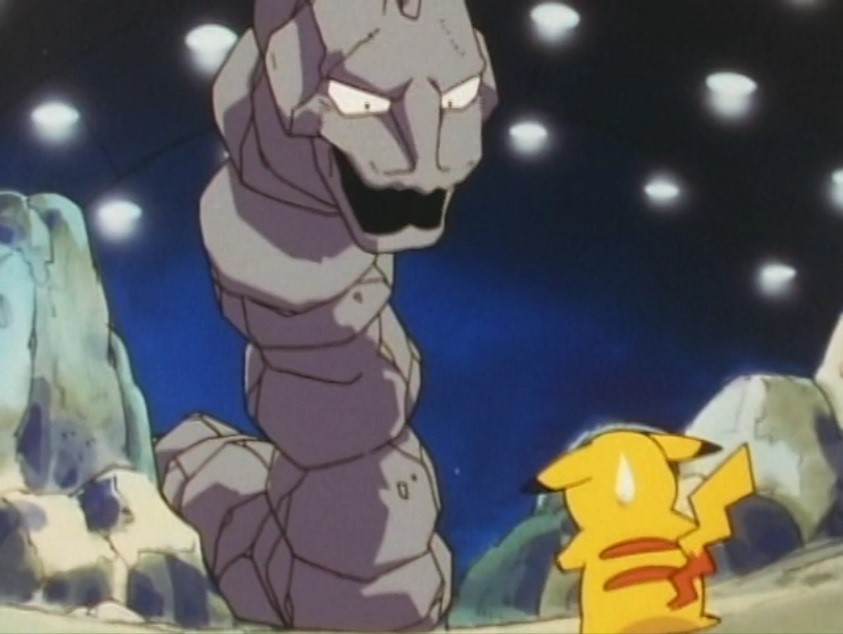
Fast forward to the end of the episode: lessons are learned, Pikachu is trained up through some weird type of electroshock therapy, Ash gets a little lucky when sprinklers go off and wins his battle thanks to a timely Thundershock, and Brock gets leave his gym and join Ash and Misty on their adventures thanks to the return of his father.
It’s a good episode from the early Pokémon seasons, and it popped into my mind on my drive back home from the North American International Championships held last weekend in Indianapolis, Indiana.
Going into the tournament, I had 198 championship points. I started playing Pokémon in late-November after I serendipitously found myself at a great local shop in the Houston, Texas area called “Card Shack” for an Evolutions Pre-Release. The store owner was cool, the judge was friendly, and everyone else there participating was friendly and welcoming. Before this event, I tried to get back into the Yu-Gi-Oh and Magic scenes, but they weren’t welcoming when I left about ten years ago, and that was still the case last fall. As a kid, I collected Pokémon cards from Base Set through Neo Discovery, but never played competitively.
After competing in many league challenges, league cups, an ARG event, and three regionals (Dallas, Athens, and Roanoke) as a new player, I had to count on a top 4 finish at Indianapolis for a worlds invite. As you can already tell from the title of this post, it didn’t happen. I went 3-3-3 with an Espeon/Garbodor build on Day One. The only other deck I had a decent level of success with at locals prior to the International was Mega Rayquaza, but I didn’t feel like it was a good choice for last weekend given the popularity of Zorark, Drampa, and other decks that were either built around or had some element of one-prize attackers. I knew the turnout was going to be huge, and went with what I thought was a good play.
On the drive back to Texas, I started to think about what to take away from the season, and what I need to do differently this year to up my level of play for a worlds 2018 invite, and thought that I should write them up in case there are any new players reading this looking for advice on getting started, or other new-ish players who might’ve had a season similar to mine.
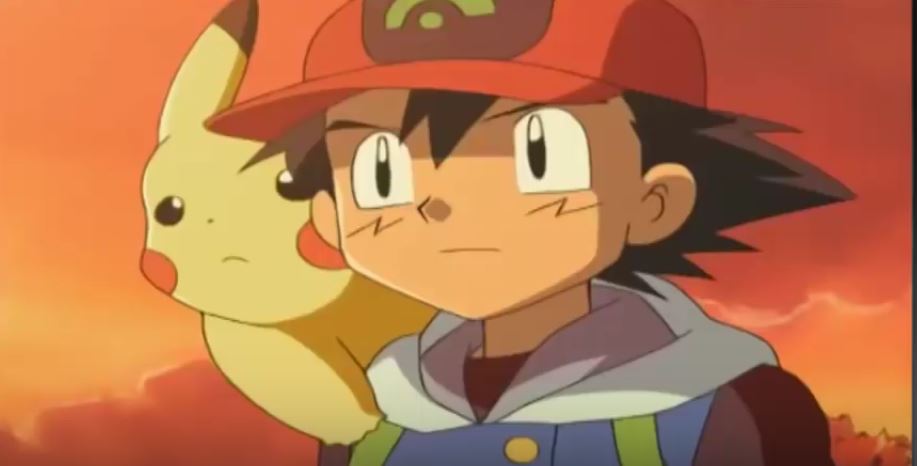
That’s when the “Showdown in Pewter City” episode came to mind. If Ash and Pikachu could mount a solid comeback, I could figure out a way to do the same. What follows are bits of advice that experienced players gave me along the way, and some things I figured out on my own. Everyone is different, and there is more than one way to skin a cat, so take all of this with a grain of salt. You have to find a routine that works for you, and hopefully these help you get there.
- Don’t Spend Money on Packs
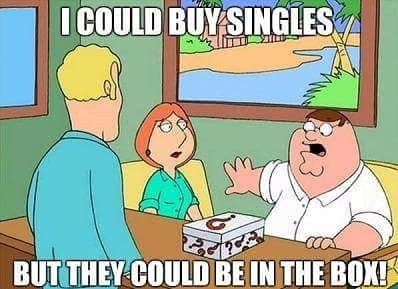
Pretty early on, a lot of experienced players in the Houston area gave me this piece of advice: If you are a competitive player and want to travel from regional to regional, it is important to be smart with your money. Buy a playset of the major archetypes, or archetypes you are interested in, and use them when you need to. Contrast this to buying a case of Guardians Rising booster boxes for $575 – you most likely won’t even pull a playset of each major GX cards in the set.
Don’t get me wrong, opening packs with your friends is super fun. If you can afford it, go for it, but otherwise I’d stick to buying what you need and keeping it all in one binder.
For example, I purchased playsets of every GX Pokemon (including Tapu Lele GX) in Guardians rising and trainer cards for around $170.00. $120.00 of that cost were Tapu Leles, but it was definitely worth it. I keep all of these playsets sleeved in a 4X4 Dex Protection binder ready to go in case I want to play a certain deck on a given tournament day.
I also know for a fact that I do not have the “magic touch.” There is a well-known father and son team in the area who literally pull gold from each pack they pick up. I’ve even seen other players buy a back from the shelf, take it to their son to bless, and watch them open full art supporters and rainbow rare cards. My brother also has the magic touch, and got most of his Leles from Walgreens, but I get nothing but bulk each time I buy a pack, so I decided it was not for me.

- Hold On to Tournament Legal Cards
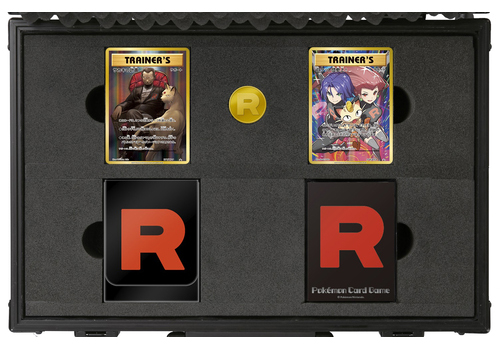
One thing I’ve noticed above newer players and less experienced players is that they trade legal cards or decks thinking that they are useless or dead, only to learn that a card in a newer set will bring it back to life. For example, many people I know gave up on Darkrai once Field Blower was tournament legal, only to have to buy or trade for the cards again after Guardians Rising because of the Altar of the Moone builds that were getting popular thanks to players in Europe.
The same was true when I watched people trade in their baby Vikavolts with the strong charge ability as bulk in the early days of Sun and Moon thinking it wasn’t going to be good for anything, only to see those cards shoot up in value and demand when a few of Pokemon’s top players placed in the Top 8 of Madison regionals with Metagross GX.
Not to mention poor Araqruanid and Wobbuffet, who (at least from my perspective) nobody cared about until Grant Mantley incorporated the card into his second-place Roanoke deck. Actually, now that I think about it, the same was true for the Steven supporter card in James Arnold’s first-place Roanoke deck.
The point is, hold on to your stuff (especially trainer cards), because you never know what will be incorporated into a good deck, or what future cards will make old ones competitive.
- Practice in Person

Major League BASEBA– Errrr, Play Pokemon
When I first got back into the game, I played online a lot. I then went to play at local tournaments and would make small, dumb mistakes like trying to play two supporters, sometimes forgetting to lay out six prizes, and losing track of the board state. Grinding games in person at your local league or informal tournaments is incredibly helpful in terms of training yourself to get used to the competitive environment.
When you are at home playing the online version in comfy clothes and a quiet environment, you are forgetting that your local League Cups will have 30+ players in a loud, cramped environment, and that your Regionals have 500+ people playing right next to you. Focus is key at these events; you have to get used to playing in that environment, and I think playing in person goes a long way. Playing online just makes it seem way too easy.
I also think that playing in person gives you a much better feel for your ability to keep track of things in the discard and your deck without the ease of how the online version keeps everything organized for you. There were also games I played where people forget Garbotoxin is in effect, try to use abilities after Hex Maniac was played, or I forget that I played an energy for the turn (or forgetting the same about my opponents).
Again, you may be the exception to this rule (or I might be the exception if you turn the tables) and find the online practice just as helpful as in-person practice, which is totally cool. These are just some things that I personally am taking away from the season. A popular counter I’ve heard to this point is that there are plenty of top-level players who play online and succeed, but my hunch is that they grind in person much more than they play online.
It’s also important to play in person because of the networking and friend-making aspect of the game. For the first few months of playing, I attended two separate leagues in the Houston area religiously: one at Card Shack on Thursdays, and another Sunday afternoons at Asgard Games.
I liked the Card Shack league because every week was a small, four-round, standard format tournament, and the shop owners gave out cool prizes without asking for entry fees. Most of the people who attended were either just like me, or were experienced and were testing different builds of their decks. It was a good taste of what a more serious league cup would be like. There was also a top-tier, worlds qualifying player named Jason who would attend, and was happy to answer questions about the game and point people in the right direction (myself included). On Sundays at Asgard, the league was a little more relaxed where people played friendly pickup games and traded. At this point, I’ve made good friends with players from both leagues, and have gotten a good feel for the local scene.
For this upcoming season, I’ll get back into the swing of leagues, and most likely won’t play as much online.
- Net-deck (At the Beginning at Least)
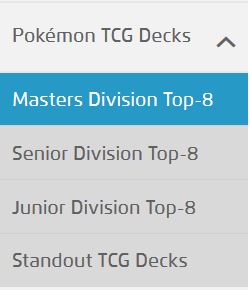
For most of the season, I net-decked my lists for locals and league challenges and cups. I’d add or subtract a few cards based on personal preferences or the local meta. I feel like there are a lot of new players who try to go with their builds and ideas before they have mastered the fundamentals of the game.
I’d pick a build that a popular player has posted to learn the game. When you start to get good, you can experience with builds. If you are a player with less than three months of experience, I’d pick a deck you like that placed in the top 32 of last weekend’s internationals, and practice with it until rotation to get a good feel for what consistent decks are made of. From there, you can start to experiment with card changes.
- Don’t Forget About Real Life
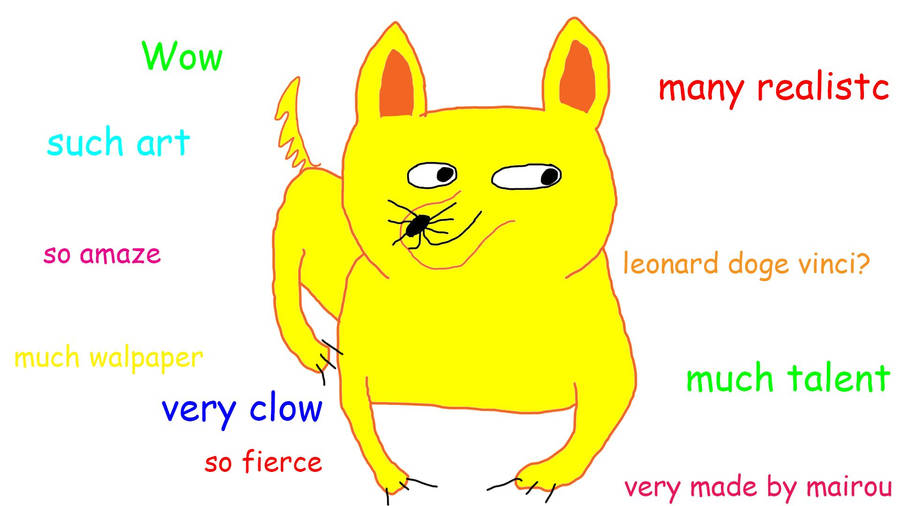
This should go without saying, but like any other hobby, make sure your work, school, and family come first. As an attorney, I was hard-pressed for free time even before Pokémon, and I can definitely recall a two to three week stretch in early January where I spent a little too much time on the game.
Israel Sosa recently posted an article over at Some1’s PC here and talked about how much a short break in between Regionals helped him out. I think the same idea can be helpful on a more micro level from week to week or month to month. I think new players will learn that once they get a good feel for the game, they won’t need weekly or even bi-weekly practice like they did before.
Again, if you are a self-made millionaire and don’t have to work anymore, then I envy your ability to play Pokémon 24/7, but my hunch is that most of us have responsibilities outside of the game, and it’s important to not lose sight of that in favor of a card game.
- Get Used to Losing

Pikachu constantly scrubs out of tournaments.
In the leagues I talked about above, I lost a lot at first. At League Challenges and Cups, I lost even more. It wasn’t until April (about four months in) that I won my first League Cup.
If your opponent is friendly, ask them questions about misplays they saw, or why they went for plays you didn’t understand. I’ve also found that people watching you play in a match will be sure to tell you as soon as the game is over how you misplayed. That was something that frustrated me at first, but I had a change of heart about it once I realized how incredibly helpful it is.
Don’t get frustrated over losses. Use them as learning experiences, and take notes to see what you can do to correct the mistake next time around.
One thing I want to do this next coming season is keep a notebook with my matches, and jot down my thoughts on how it went.
- Practice Early and Often Before Big Tournaments
This is probably a no-brainer, but practice, practice, practice before big tournaments. For Roanoke Regionals, I didn’t practice the week or night before the event. I thought I’d be okay just picking up Mega Rayquaza after having not played it for about ten days. I was wrong.
There is a lot to be said about keeping your hands warm before a big tournament, and practicing early and often before a big event helps you get a sixth sense for the intricacies of your deck.
- Sleeves

Opinions will vary on this issue, but I think the best sleeves are Dragon Shield matte. They have a good feel and shuffle well. KMCs seem to have lost their quality from 2005-2009 when I played Yu-Gi-Oh, and I can’t keep track of how many times Ultra Pro sleeves split on me (yes, including the Eclipse sleeves). You can also buy inner sleeves to go inside the matte sleeves for extra protection. Some people have told me Dragon Shield sleeves with an inner sleeve makes the cards “waterproof,” but I am not going to be the person who tests that theory.
The only alternative to Dragon Shield matte I’d go with are Pokémon Center Sleeves with oversleeves. Here’s an example of what I’m talking about (and yes, I know these are Ultra Pro sleeves – just an example!):
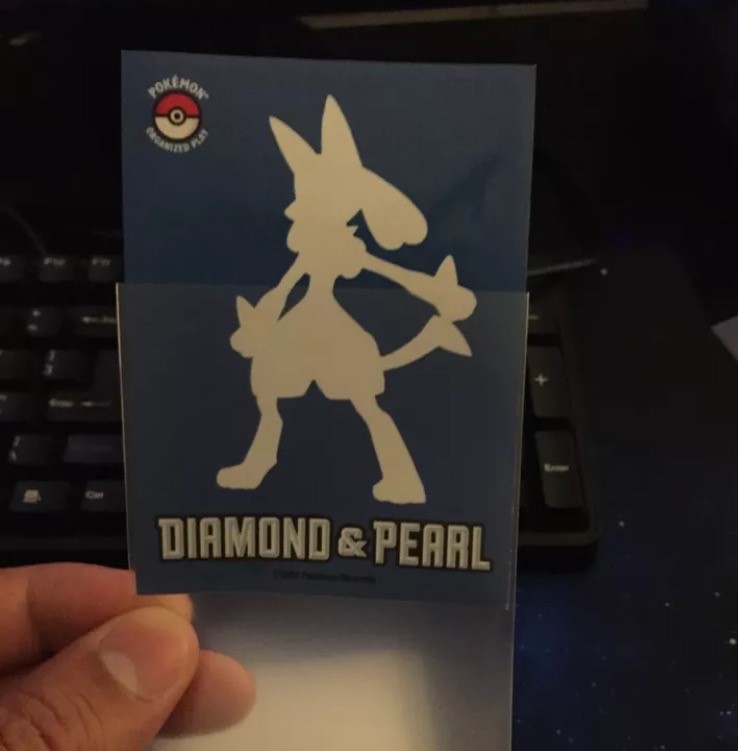
The oversleeve on the bottom goes over your standard Pokémon Center sleeves (including the sleeves in the elite trainer boxes). It increases the size of each card and your deck, but it makes shuffling so much more easy and smooth.
- Resources
The HeyTrainer blog and its Facebook companion group are great places to start. When I discovered it, I went back to posts at the beginning of the season and read from there. I did the same for other websites like sixprizes.com, thecharizardlounge.com, some1spc.com, and Pokebeach.com. There’s also a great site called 60cards.net. There are also great YouTubers out there like Tablemon and Trainer Chip who do a good job of explaining their decision making as they play with top tier decks on stream.
I’ve heard a lot of complaints from other players about paywalls on some of these websites, but if you are a new player I’d say a sub is definitely worth it to one or two premium sites.
I’m also a big fan of The Super-Rod Cast. For most of this season, it was probably the most consistent product out there that had the some of the best players as guests each week. Six Prizes has recently started a podcast, but I haven’t gotten a chance to listen to it yet. Ptcgradio is also good if you are a complete newcomer to the scene, but I’d look to the first two podcasts for more intermediate to advanced level content.
- Train On
One thing I’ve noticed is that even the top players lose now and then. It is easy to get discouraged, but if you are really passionate about the game, the awesome community, and another outlet to set and accomplish goals for yourself, I think the Pokémon TCG community is the perfect place to do it.
There is something about the competitive scenes that takes me back to my high school and college days of traveling and competing in debate and mock trial tournaments with my friends and teammates, and if you’ve ever been part of a competitive community before Pokémon will suck you right in.
I emailed this video to myself to keep at the top of my “TCG” folder in my email as a reminder for the 2017-2018 season:
When the going gets tough, the tough get going! Good luck in the 2017-2018 season! I hope this article helps.
